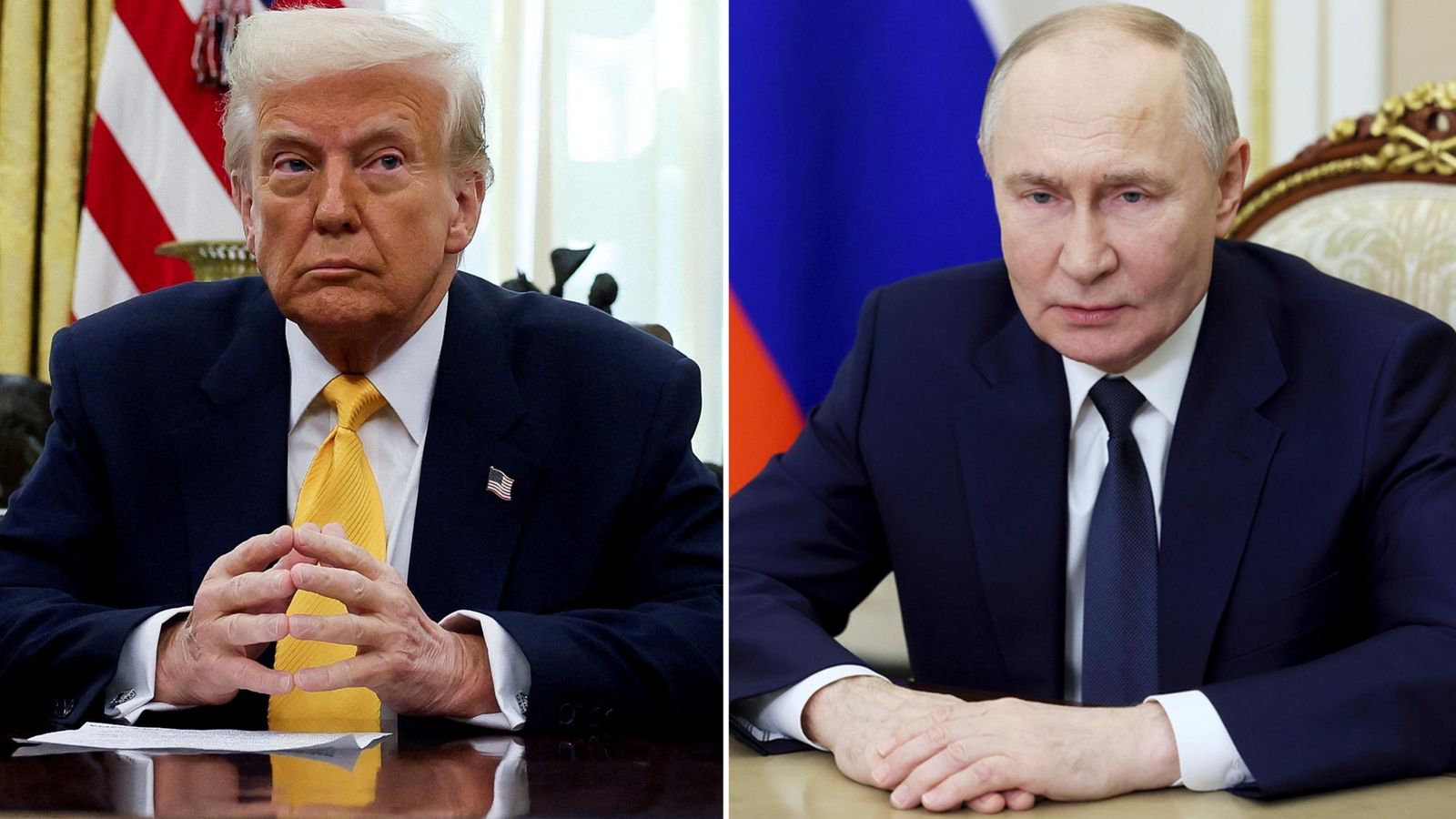Tensions Over Ukraine’s Future Borders
The upcoming meeting between Donald Trump and Vladimir Putin has reignited global debate over Ukraine’s territorial integrity. Since Russia’s annexation of Crimea in 2014, the country has faced relentless pressure on its sovereignty, culminating in the full-scale invasion of 2022. Today, Moscow controls about 20% of Ukraine’s territory, down from 27% at the height of the conflict. The Kremlin appears determined to solidify its grip on the Donetsk and Luhansk regions, areas that have been at the center of military clashes for over a decade. Analysts warn that any discussion of “territorial swaps” could have profound consequences for Eastern Europe’s stability. For context on the region’s political history, the U.S. State Department provides detailed background on Ukraine’s international status.
High-Stakes Diplomacy and Strategic Interests
While Ukraine’s President Volodymyr Zelensky insists that an unconditional ceasefire is the only acceptable starting point for peace talks, Trump has hinted at a willingness to consider land negotiations. This has sparked concern in Kyiv and among European allies, who fear that concessions could embolden future aggression. Putin, on the other hand, is believed to be seeking recognition of Russian control over key strategic zones, including parts of Zaporizhzhia and Kherson. These territories are vital for maintaining Russia’s land bridge to Crimea, an area Moscow has fortified since 2014.
The Risks of Territorial Concessions
Any formal acknowledgment of Russian claims would mark a significant shift in international law and set a precedent for border changes through military force. For Ukraine, ceding cities like Kramatorsk or Slovyansk would mean abandoning communities that have endured years of bombardment and resistance. Such a move could undermine the morale of Ukrainian forces and weaken trust in the West’s security guarantees. Russia’s strategy, according to military experts, is to push just enough on the battlefield to gain leverage in negotiations. For readers following the broader implications of the conflict, NATO’s official site offers updates on military and diplomatic responses across the alliance.







